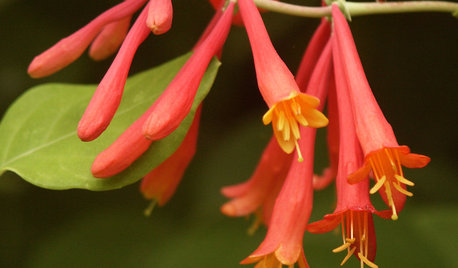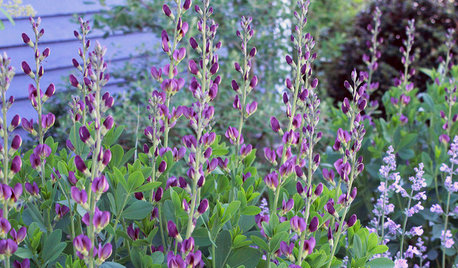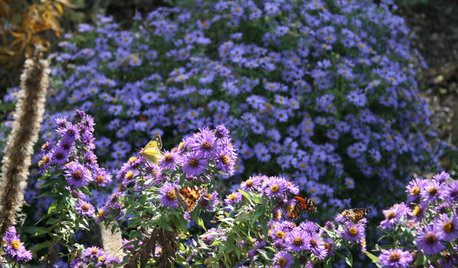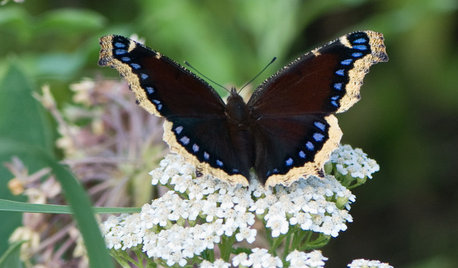Any butterflies use Lonicera Japonica for host plant?
catherinet
13 years ago
Featured Answer
Comments (11)
runmede
13 years agolast modified: 9 years agojeanner
13 years agolast modified: 9 years agoRelated Professionals
Fitchburg Landscape Architects & Landscape Designers · Owings Mills Landscape Architects & Landscape Designers · Wareham Landscape Architects & Landscape Designers · Biloxi Landscape Contractors · Canby Landscape Contractors · Fort Atkinson Landscape Contractors · Little Ferry Landscape Contractors · York Landscape Contractors · Phoenix Fence Contractors · Bonney Lake Fence Contractors · Statesville Fence Contractors · Voorhees Fence Contractors · Wauconda Fence Contractors · Deltona Window Contractors · Sayville Window Contractorscatherinet
13 years agolast modified: 9 years agorunmede
13 years agolast modified: 9 years agoMissSherry
13 years agolast modified: 9 years agocatherinet
13 years agolast modified: 9 years agobananasinohio
13 years agolast modified: 9 years agocatherinet
13 years agolast modified: 9 years agosusanlynne48
13 years agolast modified: 9 years agochristie_sw_mo
13 years agolast modified: 9 years ago
Related Stories

GARDENING GUIDESGreat Design Plant: Lonicera Sempervirens
Grow this long-blooming, flashy flowering vine to cover a fence or arbor and attract hordes of hummingbirds all season long
Full Story
GARDENING FOR BUTTERFLIES7 Native Wildflowers to Make You an Awesome Butterfly Host
Offer the leaves of these and you’ll get more butterflies than with flower nectar alone
Full Story
FLOWERS AND PLANTSHelp Monarchs and Other Butterflies by Planting Common Milkweed
Summer-blooming Asclepias syriaca is an important larval host plant for the monarch butterfly and attracts a number of pollinating insects
Full Story
GARDENING GUIDESGreat Design Plant: Butterfly Milkweed, a Beacon in the Prairie
Vivacious orange flowers for you, nectar for the butterflies and bees. Asclepias tuberosa is worth planting for more reasons than one
Full Story
GARDENING GUIDESGreat Design Plant: Asclepias Incarnata for a Butterfly Garden
Beautiful swamp milkweed makes it easy to help monarchs and other pollinators in eastern U.S. gardens
Full Story
CALIFORNIA NATIVE PLANTSGreat Design Plant: Asclepias Is Attractive to Monarch Butterflies
Increase monarch butterfly populations in California by planting stunning native milkweeds
Full Story
GARDENING GUIDES6 Plants That Beat Butterfly Bush for the Wildlife Draw
It's invasive, a nonnative and a poor insect magnet. Check out these better alternatives to butterfly bush in the garden
Full Story
FLOWERS15 Native Flowers That Attract Butterflies
By picking plants from this list that are right for your location, you’ll get colorful blooms and support pretty pollinators
Full Story
GARDENING GUIDESMourning Cloak Butterflies Herald Spring
These butterflies feed at tree-sap flows in spring and visit native plant flowers for nectar in early summer
Full Story
GARDENING GUIDES6 Steps to Creating Your Butterfly Garden
Encourage these fanciful winged beauties to visit your garden while helping restore their fragmented habitat
Full Story






User